Physiotherapy tips for home
If you’re a stroke patient, here are some ideas to pursue physical therapy at home
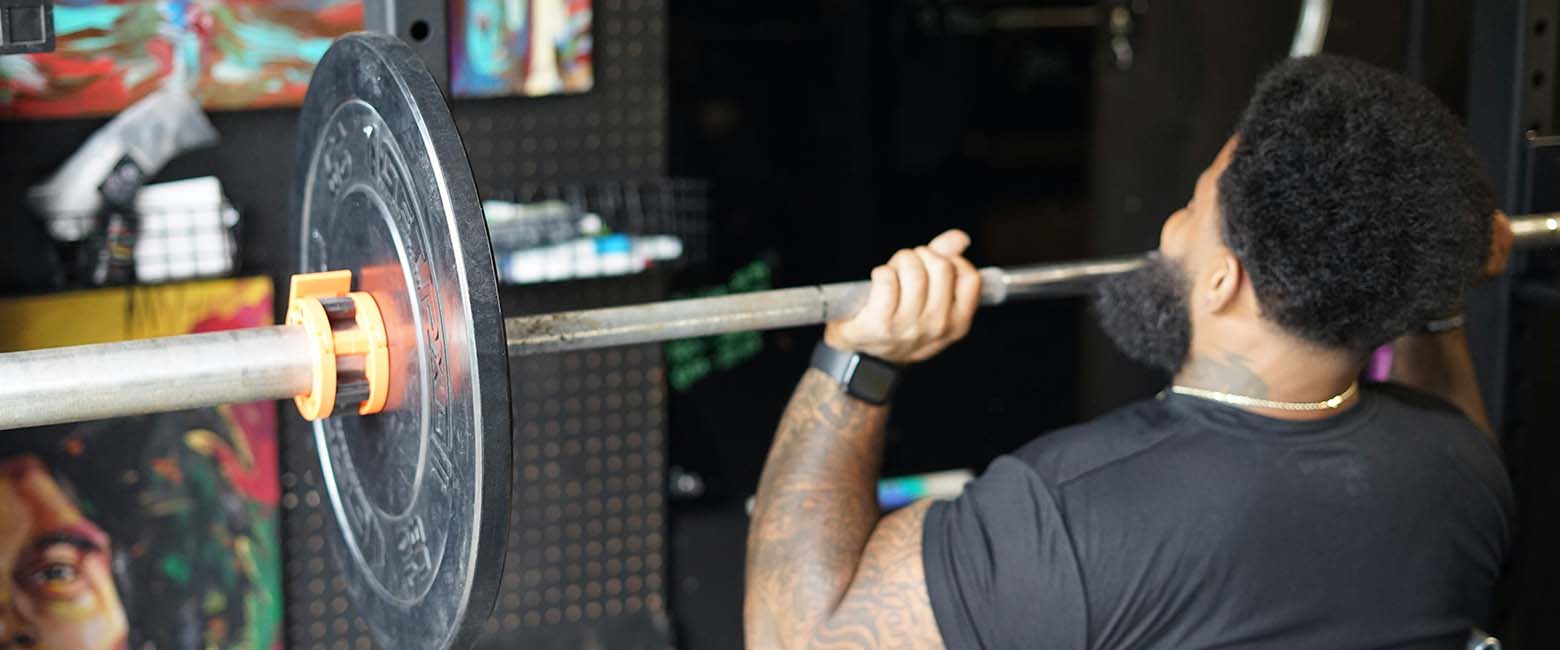
A stroke is an injury caused by a blocked or ruptured blood vessel leading to a part of your brain not getting adequate blood supply. After suffering one, people experience a variety of emotions, depending on the level of damage – if at all – and the amount of work in store to reclaim normal life and movement. Home physical therapies are thus essential to maximise recovery and get back on track. Do remember that every stroke occurrence is different, and every survivor will respond to different at-home physical therapies. Experiment, consult regularly with a licensed physiotherapist and your doctor and find the most effective path to recovery.
Gait Training
You may need to learn how to walk again after a stroke, and this is one of the most common goals of at-home physiotherapy. A physical therapist should work with you to improve your movement around your home. They will also help you to determine the right mobility device to use such as walkers, canes, crutches, etc. With time you should do specific exercises like high stepping, side stepping, walking backwards, and climbing up and down stairs to improve coordination and movement.
Bed Mobility Training
Stroke patients sometimes have trouble moving around in bed, so you should incorporate movements like rolling, scooting and sitting up to work on your bed mobility. Bridges and straight leg raises improve hip strength, and a range of upper body exercises will help you to move about in bed easily.
Mirror Therapy for Hand Recovery
Mirror therapy is effective in activating signals from the hand to the brain, especially for those with hand paralysis or extremely limited hand movement. Using a mirror to cover the affected hand with the reflection of the functioning hand, you should follow specific hand therapy exercises looking at the reflection. This tricks the brain into thinking you’re moving both hands, thus activating neuroplasticity and improving hand mobility.
Daily Rehabilitation Exercises
While generic exercises focus on strengthening your muscles, stroke recovery exercises are geared towards activating your brain so it sends signals to your muscles to move. This form of rehabilitation focuses on neuroplasticity by which the brain rewires itself and learns new skills. Avoid muscle atrophy and focus heavily on exercising every day to get better quick. Some exercises include ankle pumps, seated leg extensions, seated marching and standing balance exercises to get going. Remember, though, only follow a regimen that your doctor and physical therapist have approved.
Related
-
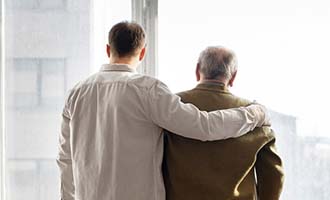
How to Help People with Disabilities: A Guide to Inclusive Practices
-
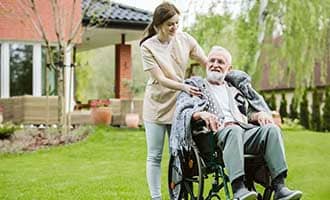
Benefits of Hiring a Companion for Elderly Care in Mumbai
-
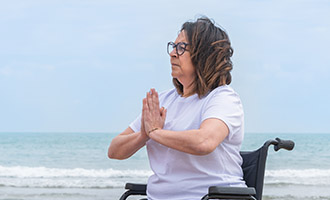
Breathing right can change your life
-
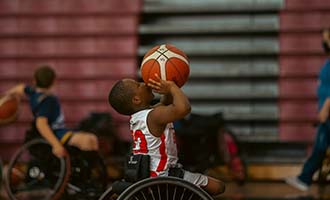
Get in the game
-
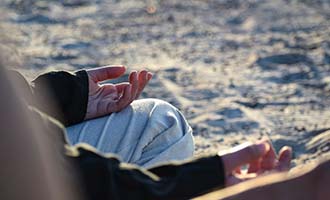
Stay in shape with Yoga
-
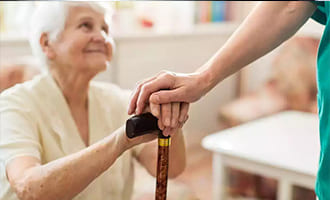
Finding the Perfect Health Service Provider: Tips for Elderly Care
-
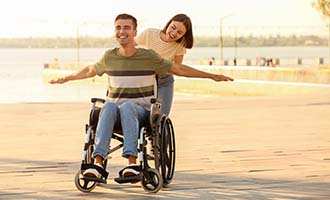
Beginners, chair cardio is the way to go!
-
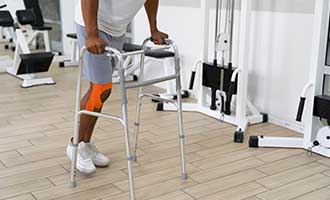
Adaptive Fitness: Exercise Tips for Individuals with Limited Mobility
-
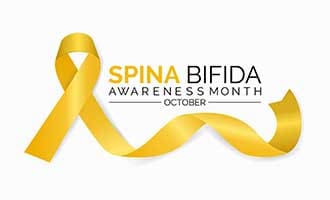
Understanding Spina Bifida: Symptoms, Types, and Early Detection
-
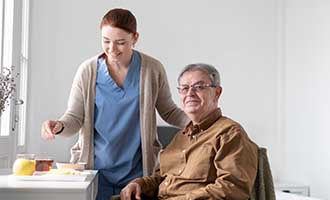
Understanding the Benefits of In-Home Elder Care for Loved Ones
-
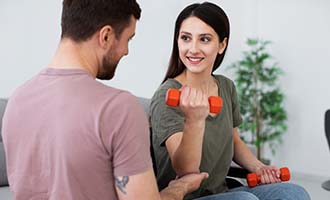
The power of Pilates
-
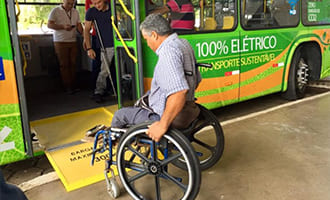
How to Choose Reliable Mobility Services at Home in Mumbai
-
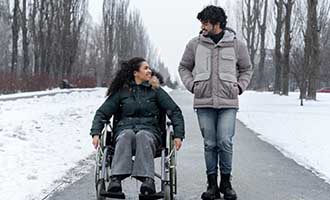
Dating with a Disability: Navigating Love, Relationships, and Mobility Challenges
-
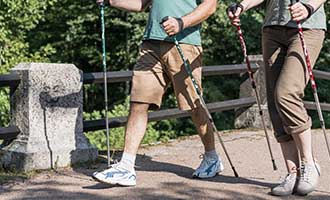
The Ultimate Guide to Choose the Right Walking Devices for Adults
-
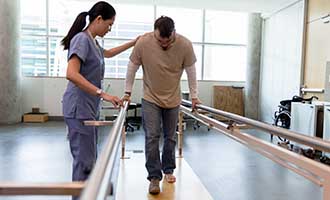
Tips to Choose the Right Physical Therapist for Your Needs
-

Fashion Forward: Style Tips for People with Limited Mobility
-
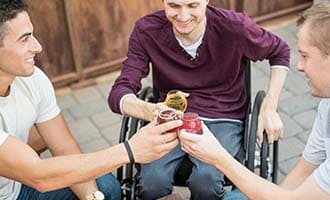
Wheels of Support
-
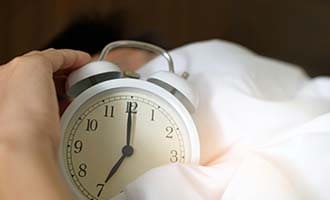
Enhancing Sleep Quality for Wheelchair Users
-
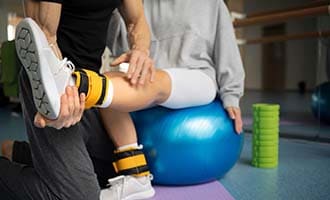
Top Benefits of Visiting a Physical Therapy Clinic
-
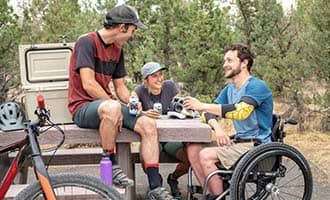
Rolling Towards Peace
-
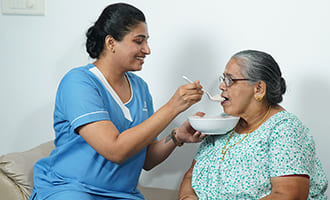
Top Qualities to Look for in Elderly Carers in Mumbai
-

The Role of Hydration in Health and Wellness
-
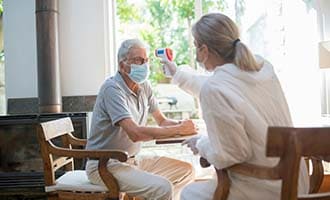
Why Routine Health Check-Ups Matter for Wheelchair Users
-

Rollin' in the Greens.
-

Focus your mind to stay healthy
-
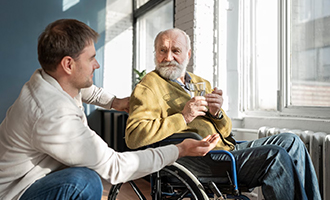
The Importance of Wheelchair Assistance for the Elderly









